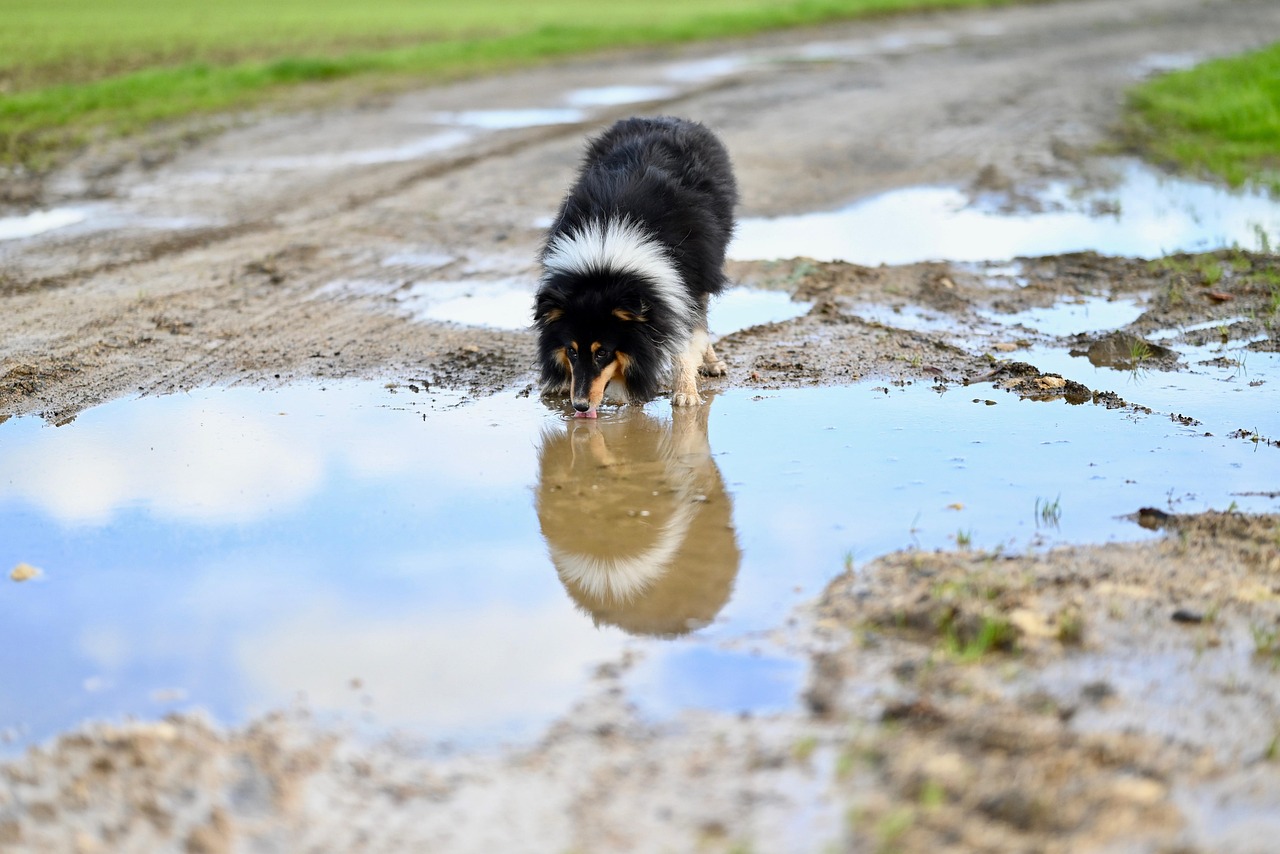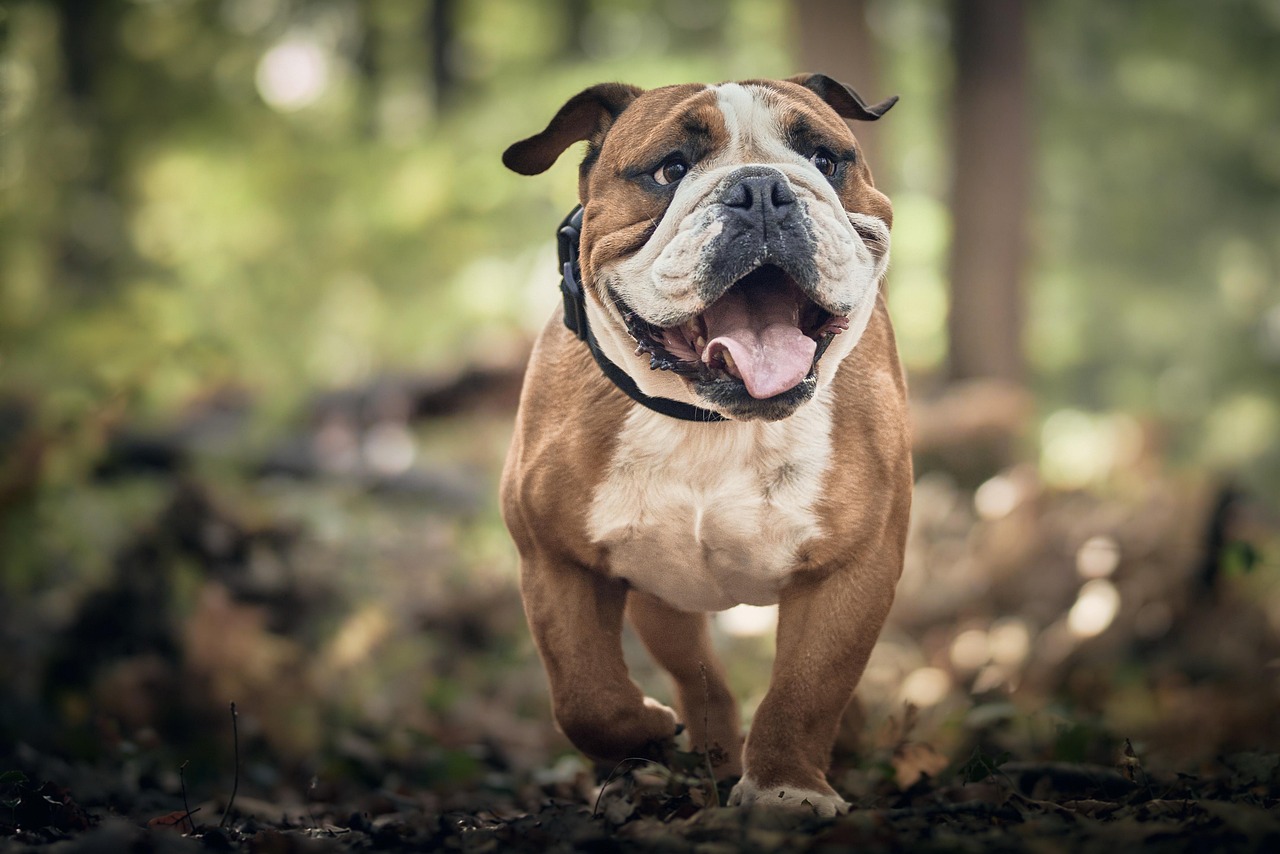Kid-Friendly Guide: 10 Effective Methods for Dog Training
Dogs are more than just pets; they’re members of the family. Training your dog is an essential aspect of responsible pet ownership. For kids, it can be both an educational experience and an exciting opportunity to bond with their furry friend. This piece will guide you through the process and benefits of dog training for kids.
The Basics of Dog Training for Kids
Training your dog is not as daunting as you might think, especially when it’s a team effort involving your little ones. Here are some fundamental guidelines to get started

Understand Dog Behaviour
Before starting any training, it is vital to have an understanding of dog behavior. Dogs communicate mainly through body language and signs that humans often overlook. Through observing and learning, children can understand what different gestures, sounds and behaviors mean.
Choose the Appropriate Training Method
Training techniques and methods vary widely and are often tailored to the dog’s breed, age, and temperament. The two major categories are reward-based and discipline-based techniques. Reward-based methods are generally recommended as they encourage positive habits in dogs and help to build a strong, trust-based relationship.
Start with Basic Commands
Teaching dogs basic commands like ‘sit’, ‘stay’, ‘come’, and ‘down’, is a good place to start. Remember, patience is key. With the right guidance, kids can successfully teach these commands

Why Dog Training is Beneficial for Kids
Training a dog can provide numerous benefits to children, both educationally and developmentally.
Lessons in Responsibility and Empathy
Owning a pet is a significant responsibility, and dog training can give children a sense of what it means to be accountable for another living creature. It encourages children to think and act empathetically towards their four-legged companions

Educational Benefits
As children learn to interpret and respond to the dog’s signals, they can apply these observational and responsive skills in other aspects of their lives. Training a dog also provides opportunities for problem-solving as they will need to identify and seek solutions for any behavioral issues their pet may have.
Training, Patience, and Safety
Patience is a virtue, especially when teaching a new dog tricks. Dogs learn at different paces, and it is crucial to always respect the dog’s pace and comfort levels to ensure safety and success

Frequently Asked Questions
How old should my child be before they can start training our dog?
Kids as young as four or five can help with dog training, as long as they respect the pet’s boundaries and are supervised.
What if my dog doesn't follow my child's commands?
Patience is crucial when training dogs. Encourage your child to stay calm and confident, even if the dog isn’t responding immediately.
Can my child train a dog if they are afraid of dogs?
Begin with building trust and comfort between the child and the dog. When they are ready, introduce simple, fun training exercises to help reduce fear.
How can I make sure both my child and dog are safe?
Supervision is essential. Never leave your child alone with a dog, especially during training sessions

Conclusion
Training a dog can be a meaningful and fun activity for kids. Beyond the practical benefits, it allows children to bond with their pets, learn responsibility, and develop their empathy, patience, and understanding. Remember, the best dog training for kids is a mixture of safety, patience, and fun

Ensure that the training method used is best suited to your pet’s breed and age, and that the sessions always remain a positive experience. With time and practice, you’ll see not only a well-trained dog but also a closer and more understanding relationship between your child and their furry friend.
## Frequently Asked Questions **1. Is dog training safe for kids?** Yes, dog training is safe for kids. However, it should be age-appropriate and under adult supervision. The process of training a dog can teach children patience, compassion, and responsibility. However, it’s also crucial to remember that safety comes first. Always monitor interactions between your child and the dog to ensure a safe and positive experience. **2. At what age can a child start training a dog?** Children can start participating in dog training as early as 3 years old, but under close adult supervision. They can begin with simple commands like ‘sit’ and ‘stay’. By the age of 6 or 7, children can start to take on more responsibility in dog training as they are more capable of understanding a dog’s needs and behavior. **3. What are some simple commands kids can teach their dogs?** Some simple commands that kids can start with include ‘sit’, ‘stay’, ‘come’, ‘lie down’, and ‘leave it’. It’s important to start with basic commands before moving into more advanced training. Remember, patience and consistency are key in dog training. **4. How can we make dog training a fun activity for kids?** Dog training can be made fun by turning it into a game-like experience. Use rewards such as toys, treats, or praise when the dog successfully performs a command. This not only makes the experience more enjoyable for kids but also helps the dog associate positive things with obeying commands. **5. How can a child benefit from training their dog?** Training a dog can help a child develop a multitude of skills. It can teach them about responsibility, as they learn to care for and train their dog. It can also improve their patience as dog training requires consistent effort over time. Additionally, it can help build self-confidence as they see the results of their hard work when their dog learns new commands. **6. How can we ensure the child treats the dog properly during training?** Adult supervision is vital to ensure the child treats the dog properly during training. Make sure to teach your child the importance of gentle handling. Explain to them that dogs, like people, have feelings and should never be hurt or scared during training. Encourage them to use positive reinforcement techniques like treats and praises, instead of punishment. **7. Can all dog breeds be trained by kids?** Most dog breeds can be trained by kids, but some may be more suitable than others due to their temperament and size. Breeds known for their gentle nature, intelligence, and patience such as Labrador Retrievers, Golden Retrievers, and Collies can be more suitable for kids. However, every dog is unique, and their individual personality should also be taken into consideration. ## Conclusion In conclusion, dog training for kids offers numerous benefits not just for the children but also for the dogs. It promotes responsible pet ownership, empathy, and understanding. It also provides a foundation for communication and trust between the dog and the child. This process, when done properly, can also foster a sense of achievement and confidence in kids as they see their efforts making a positive impact on their pets’ behavior. However, it is important to always supervise these training sessions and ensure they are conducted in a safe and controlled environment. This is to make sure that both the child and the dog are safe. Always remember that patience, repetition, and positive reinforcement are key aspects of successful dog training. Lastly, the training process should be fun and enjoyable for both the child and the dog. This will encourage a stronger bond and a more harmonious relationship between them.


